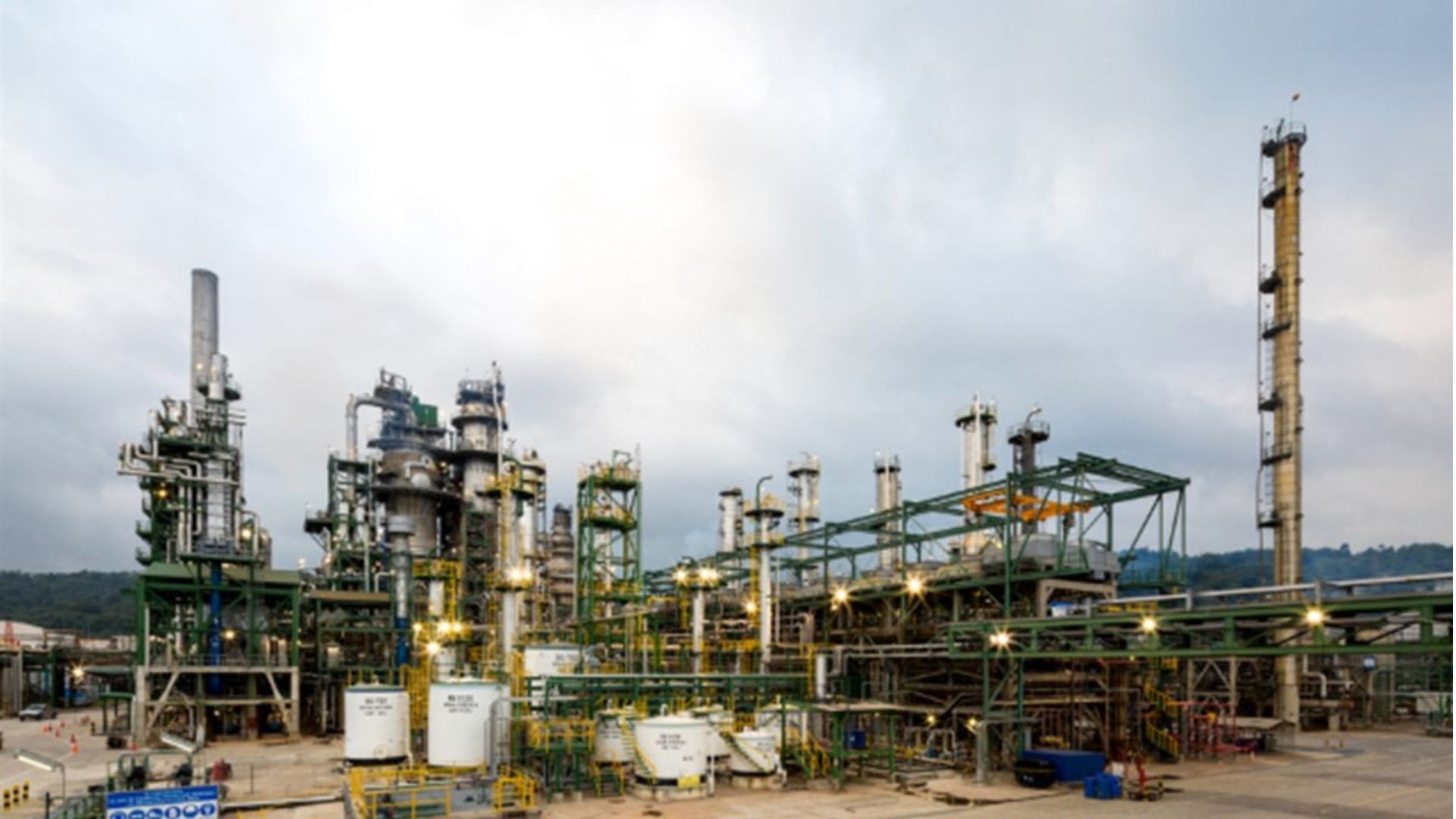Ecuador's Refinery Revolution: Meeting Domestic Needs and Unlocking Export Potential
- Ecuador | 27 February 2014

Ecuador, a country heavily reliant on oil, is undergoing a transformative journey in its refining sector. With its current refineries falling short of meeting the nation’s needs, Ecuador is investing in new facilities and upgrading existing ones to achieve self-sufficiency and tap into the lucrative export market. The centerpiece of this ambitious endeavor is the Pacific Refinery, a greenfield development that promises to revolutionize Ecuador’s downstream operations and create new revenue streams through refined product exports.
Ecuador currently operates three state-owned oil refineries under Petroecuador, collectively possessing a processing capacity of 175,000 barrels per day (bbl/d). However, the output from these refineries does not align with the country’s growing demands, leading to a significant annual import of $4 billion worth of oil-related goods. The largest among the existing refineries is the Esmeraldas Refinery, located on the northwest coast, which currently operates at 80% of its 110,000 bbl/d capacity. To enhance its performance, the refinery is undergoing a comprehensive overhaul. The project involves two major aspects: improving energy efficiency at a cost of $750 million and upgrading to high-quality, low-sulfur content products for $600 million.
In addition to the Esmeraldas Refinery, Ecuador operates two smaller refineries. La Libertad has a capacity of 45,000 bbl/d, while Amazonas Shushufindi, the smallest of the three, currently processes 20,000 bbl/d. However, the latter is expected to expand to 40,000 bbl/d following an $800 million expansion project scheduled for completion in 2015.
The most significant development in Ecuador’s refining landscape is the construction of the Pacific Refinery. This greenfield project is set to have an initial capacity of 200,000 bbl/d, with plans to expand to 300,000 bbl/d in Phase II. The refinery’s completion will not only meet Ecuador’s domestic needs but also position the country to enter the export market. With a projected cost of $12 billion, construction has already commenced, and early estimates suggest the facility could become operational in 2015, reaching full capacity by 2017. The project has become a catalyst for economic growth in Manabí Province, generating approximately 25,000 short-term jobs during its construction phase.
Petroecuador retains the majority stake of 51% in the Pacific Refinery, while Venezuela’s PDVSA is the third-largest shareholder. Notably, a strategic partnership was formed with China National Petroleum Corporation (CNPC), which secured a 30% stake in the project. The Pacific Refinery will feature a substantial petrochemical processing capacity, enabling Ecuador to produce high- and low-octane fuels, diesel, lubricants, polypropylene, benzene, xylene, and alcohol, marking a significant milestone for the country’s downstream operations.
Upon the completion of the Pacific Refinery and the upgrades to other refineries, Ecuador’s total refining capacity will reach approximately 500,000 bbl/d. Of this capacity, 45% is expected to cater to the domestic market’s transportation fuels and petrochemical feedstock needs, while the remaining output will be exported. The Pacific Refinery represents a crucial step in reducing imports and President Correa’s vision for a self-sufficient refining sector. The prospect of refined product exports presents an enticing opportunity for Ecuador, justifying the substantial investments made across its refining matrix.
Ecuador’s ambitious plans to revamp its refining sector symbolize its commitment to meeting domestic energy needs, reducing dependence on imports, and embracing environmentally sustainable practices. The Pacific Refinery stands as a testament to Ecuador’s determination to unlock its refining potential and establish a robust presence in the global market. With an expanded refining capacity and diverse product range, Ecuador is poised to achieve self-sufficiency, economic growth, and greater resilience in the face of changing energy dynamics.








